Researchers compared metabolic responses to human malaria in children of different populations.
- In 2019, 409,000 people died of malaria–most were young children in sub-Saharan Africa.
- The annual economic costs of malaria to Africa alone amount to USD 12 billion.
- Through extensive fieldwork and close follow-up of the children in rural areas of Burkina Faso, the new study has led to the discovery of a molecular mechanism that alters the immune response to infection.
In the first and largest global metabolomic study of African children before and after malaria infection, NYU Abu Dhabi Assistant Professor of Biology Youssef Idaghdour and his colleagues at the Centre National de Recherche et de Formation sur le Paludisme in Burkina Faso have advanced the understanding of the molecular mechanisms in play during human malaria and demonstrated how studying ethnic differences in metabolic responses to the infection can help explain the sources of susceptibility and resistance in this deadly disease.
The study, “Metabolome modulation of the host adaptive immunity in human malaria,” published in the journal Nature Metabolism, provides exciting insight into an area of research that had been very limited outside of the laboratory setting. Little is known about parasite interactions with the immune system in a living host, especially in children who are the most vulnerable age group to the infection. The team studied blood samples from children from two ethnic groups in remote rural areas of Burkina Faso, Gouin and Fulani, to see how they responded to the malaria parasite Plasmodium falciparum.
The team discovered an elevation of immune-dampening steroid molecules and a strong immunosuppressive signature in Gouin children. Studying the enigmatic less malaria-susceptible Fulani ethnic group revealed opposing steroid profiles and stronger immune reactivity to infection.
“The inter-ethnic comparison points to a fundamental molecular mechanism that could define the outcome of the infection in children, and it is fascinating how two human groups could diverge functionally in such a way,” said Idaghdour. “These results will change our understanding of how to achieve better malarial therapeutic interventions and vaccine responsiveness in populations,” added Wael Abdrabou, the first author of the paper.
“These results demonstrate how useful embracing ethnic diversity in our studies to elucidate the mechanisms of disease can be,” said Principal Investigator of the clinical team in Burkina Faso Issiaka Soulama.
Reference: “Metabolome modulation of the host adaptive immunity in human malaria” by Wael Abdrabou, Mame Massar Dieng, Aïssatou Diawara, Samuel Sindié Sermé, Dareen Almojil, Salif Sombié, Noelie Bere Henry, Désiré Kargougou, Vinu Manikandan, Issiaka Soulama and Youssef Idaghdour, 10 June 2021, Nature Metabolism.
DOI: 10.1038/s42255-021-00404-9

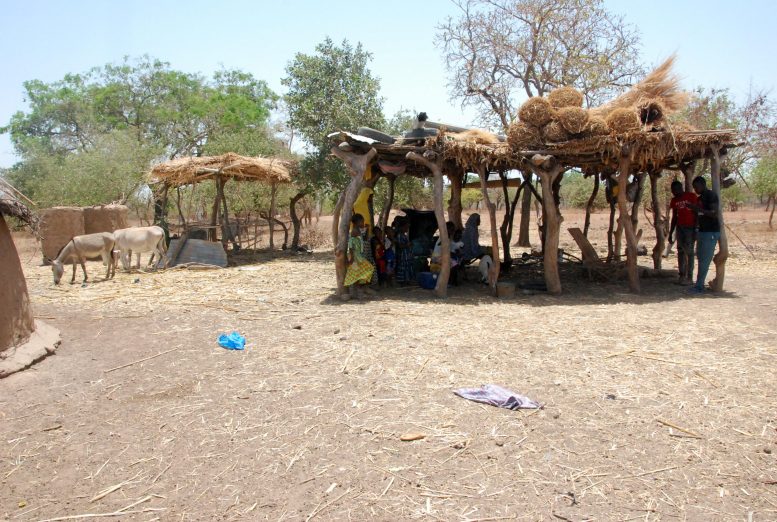
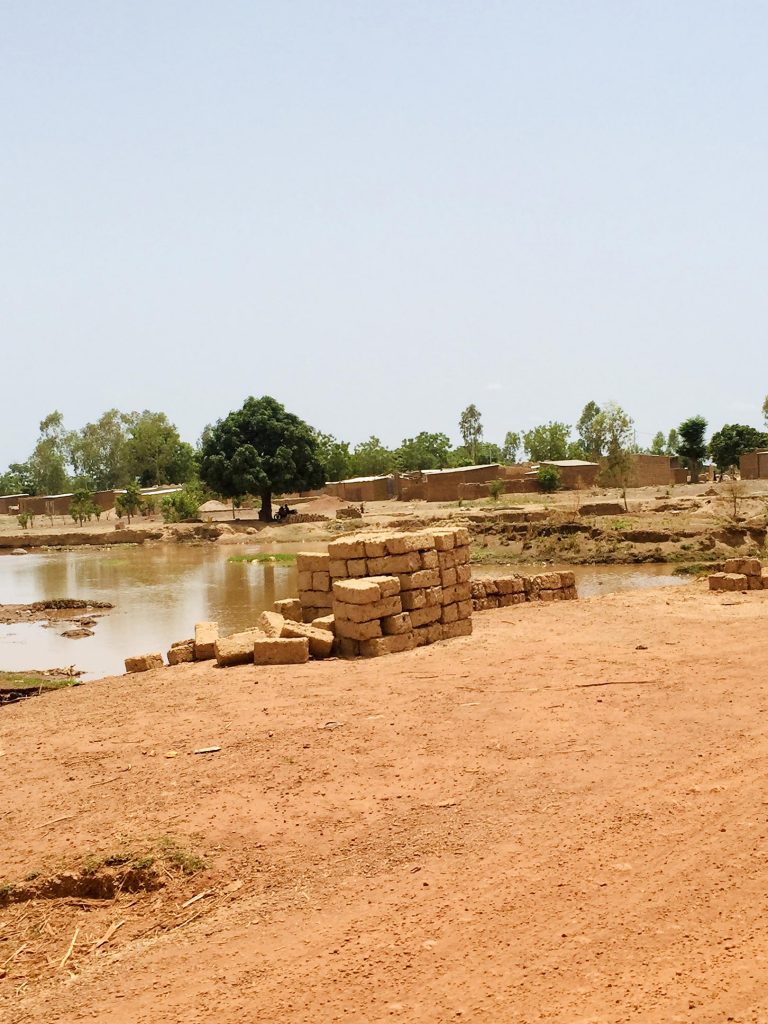

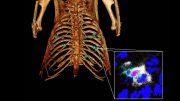
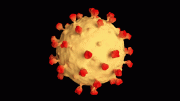




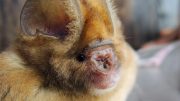
Be the first to comment on "New Insight Into One of the Mysteries of Natural Immunity to Malaria"